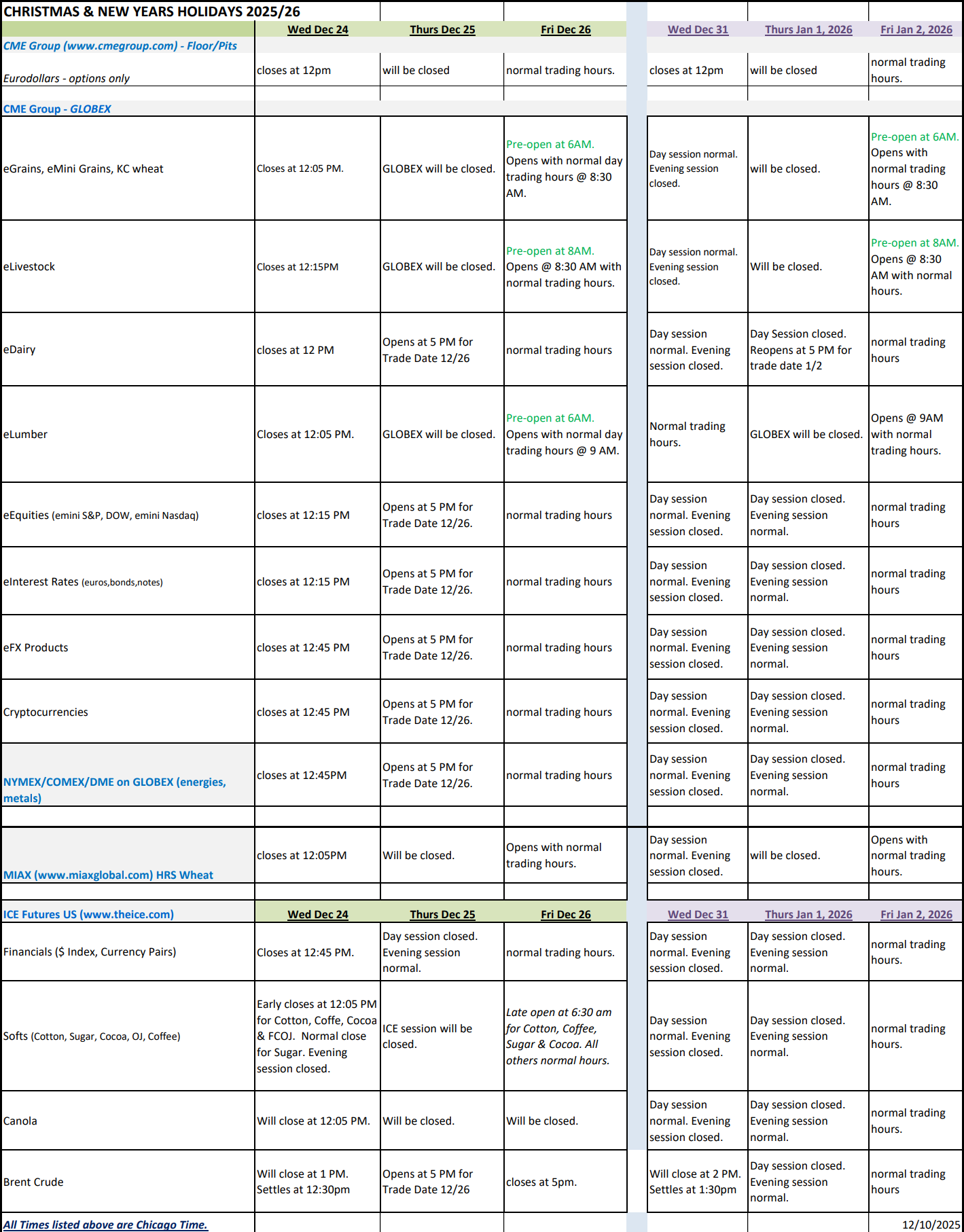This article on Improving your Trading System is the opinion of Optimus Futures.
Many traders often jump from one method to another in the quest for that perfectly compatible trading system that will reap consistent results over the long haul given various market conditions and cycles.
What most (usually new) traders fail to realize is that the answer does not always lie in a new system. Rather, systematic and incremental modifications to their current systems in order to make them suit their trading style, level of experience, and personality is more likely to yield positive results. But instead of working to better their existing systems, these traders will often drop the entire method and deliberately adopt a vastly different trading system that they think will work better.
This article lays out a step by step process that utilizes small and modest steps to better your trading method without repeatedly starting altogether with new trading styles that lock you into a perpetual newbie mode. The key is to determine why your actual trading is different from your actual results.
For the purpose of this article, we assume the trader is at least employing a popular workable trading style like price action based systems (trading chart patterns and candlestick patterns), breakout trading systems or trend following systems, etc. Please note that you may need a complete overhaul if you have been relying on a method that is not implementable in terms of slippage, bid and ask spreads and cost of execution.
Step 1: Analyze Expectations Vs Results
The first step is to identify the variance between your expectations from the system and the actual results that the system has yielded over a decent period that covers a large enough sample size of past trades. This first step helps the trader establish the extent to which the system needs improvements and alterations. An expected win rate of 70% matched against an actual win percentage of only 30% may require modifications. For example, you may ask yourself whether you genuinely take trades per system rules or enter early due to FOMO. Your method may be okay; your patience could be questionable.
We use win percentage as just an example here. Ideally, the matching of actual results with expectations should involve multiple other key performance indicators like the risk: reward ratio, average drawdowns, average trading frequency, etc.
Step 2: Validate your Trade Triggers: Entries, Management and Exits
Using a comprehensive analysis of past trades and your personal experience with the trading system as it stands right now, the trader should go about separating the different elements of the trading system including criteria for entries, trade management, and exits. This step involves separating the functional elements of the system (good entries, good exits) from the one with a negative expectancy (good entries/bad entries, bad exits).
Do you believe a part of the reason for your inconsistency in trading has to do with the high frequency of trade setups that your system generates? Would you attribute it to a lower time frame that you are perhaps applying the system to or a weak (or too aggressive) entry criteria that allows you to spot seemingly good setups everywhere? Do you believe you are managing your trades too tight, forcing you out of the market prematurely? Is your system relying on arbitrary pre-defined exits rather than market principle and price action? Which do you believe would lend more merit to your exit decisions?
This step involves being brutally honest about your personal experience with the trading system and going over the day to day trading decisions as per the rules of the system.
Step 3: Eliminate the Bad Trades and Fill the Gaps
Here in comes the exciting part of the process. Instead of making the grave mistake of dumping the entire trading system and adopting something vastly different, the trick is to make modest adjustments where needed.
In this step, leaving the right elements untouched, the trader has to slowly start dumping the harmful elements out of the system rule-book, one component at a time. One of the bad elements could, for example, be the trader’s judgment about the system having too many stringent entry rules that filter out far too many trading opportunities, leaving the trader anxious and jittery.
Start by toning down the overdone entry criteria. Perhaps you should no longer be looking for your favorite pin bars only at round numbers, but also at critical support and resistance levels. Maybe you should be replacing your arbitrary pre-defined exits (where you try to pick tops and bottoms) with ones that are planned independently for each trade, possibly basing them on increased spikes in volume. These are just our examples; you can filter trades based on your criteria and skill.
In our opinion, this is the most important step in the entire process. What preceded this action was the mere preparation of this step, and what will follow will really just be added confirmation and validation processes that attest to the made changes.
As mentioned, the trick is to not introduce any major overhauls to the trading system but make little periodic adjustments that continuously hone and improve your trading system.
Step 4: Evaluate the Overall Compatibility of the Trading System
Now it’s time to evaluate the adjustments you have made to your trading system and whether these adjustments affect the overall compatibility of the trading system. A trading system is usually built on a core base of market principles and phenomena with external factors that further assist in completing the trading system. Often, tinkering with the base logic of the system can disrupt the overall authenticity of the trading system itself, resulting in a weaker system – counter to our goal of improving the trading system.
As an example, consider a scalping system that exploits short brisk price movements on a lower time frame that balances the low win percentage with ample trade frequency and tight trade management. We just outlined the base of this trading system.
Now assume a trader who feels anxious about high frequency and volume of trading decisions that he or she has to make every trading session, and decides to apply the same principles on a higher time frame to allow for more time for decision making and deal with fewer trade setups.
This adjustment may backfire as the system has initially been built to benefit from short-term price movements, not long-term swings. A more appropriate modification might be to retain the originality of the system as a scalping method and perhaps add more screening filters and tightening entry criteria to eliminate some of the more commonly trading setups that often do not have an edge.
Step 5: Test the Altered Trading System Comprehensively
Following the compatibility evaluation of the renewed trading system, it is now time to put it to practical tests and apply the made changes to your day to day trading. Keep track of the trades taken under the new trading rules and match these new results with past results from the original system. If the process was undertaken the right way, you should see a noticeable improvement in your trading results. If you do not, or worse still your latest results appear more inadequate, you may need to revisit some of the earlier steps and redo them a little differently and then repeat the testing phase. But let’s be positive. What do you do if you do notice an improvement in your trading?
Step 6: Rinse, Repeat and Improve
One of the most powerful traits of successful traders is their constant investment and research in their trading approach, their mindset and their trading systems. If you made some changes to your trading system that have started to yield better results, it should give you all the more reasons to re-invest your time and energy in making this a regular practice to stay ahead of the game.
Bear in mind though that we are stressing on the process here, not the act of actually making adjustments to your trading system every time you go through the process. While there are always minor changes you can make to your trading system despite the results that it yields, profitable systems usually do not require many significant adjustments. If you have a well devised and proven trading system, you might have a very small, or perhaps even a negligible group of “bads” to address for your trading system. Acting anyway to eliminate them may do more harm to your system’s overall compatibility and effectiveness. If you follow the process rigorously, you should come to this realization in the evaluation process, where any proposed changes to the systems shouldn’t feel meritorious enough.
Summary Guide: Six Steps to Improve Your Trading System
There is a substantial risk of loss in Futures trading. Past performance is not indicative of future results.





